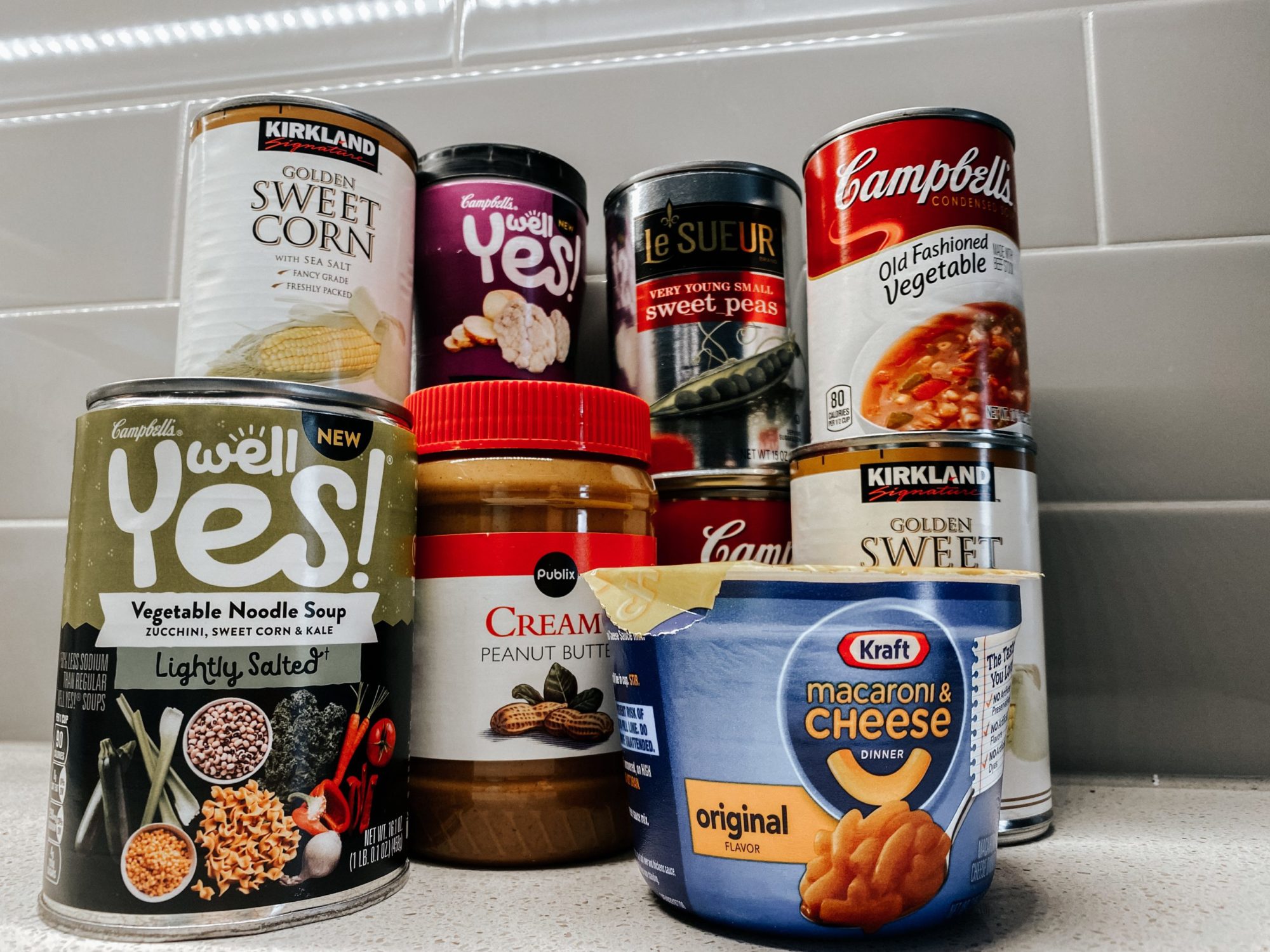The Sept. 11 attacks, Hurricane Katrina, and the 2008 financial crisis are perhaps the most impactful events I can remember taking place during my lifetime. Whether shifting discourse on national security and immigration or promoting conversations about climate and inequality, these events fundamentally altered how millions of Americans lived. Operating on a global scale, the COVID-19 pandemic has redefined how billions of people live, move, work, and interact with each other.
COVID-19 lies at the heart of these issues of inequality. Countries, fearful of the spread of the virus, have closed their borders, restricting travel for up to 91 percent of the world’s population. The UNHCR temporarily suspended resettlement for refugees across the globe. Governments have loosened environmental regulations in order to jumpstart the economy, creating more fears about the acceleration of climate change. Economic inequality is apparent through the approximately 22 million Americans who filed for unemployment within the last month of the virus.
As my fellow Novel Hand contributors have written, there are many ways to actively help your local community during this pandemic. Their articles have broken down an admittedly overwhelming pandemic into manageably-sized areas where we can make a difference. Discussing topics including community bail bonds, domestic violence, and homelessness allows us to focus on our small-scale efforts that create meaningful benefits in the community. In this article, I discuss how we can adopt these efforts to support food banks, which are one of the most heavily utilized community resources in times of economic and health crises.
Donate Non-Perishable Items
Even outside of a pandemic, donating non-perishable items to the local food bank creates benefits for everyone involved. Donated items can be quickly sorted and redistributed through emergency food boxes or selected by people who come to the food bank, soup kitchen, or food pantry. These non-perishables can provide lasting sustenance for an individual or family. Some food banks have partnered with local school systems to ensure these goods can be delivered to students who ordinarily rely upon their schools to provide daily breakfast and lunch. You can give away half of the canned goods you stocked up on and feel good knowing that your donation is actively feeding individuals and families in your local community.
Donate Funds to Your Local Food Bank
Even if you do not have items you can donate to a food bank, you can still support their work through donations. Although food banks can receive government funding and community development grants, they remain nonprofit enterprises. Many food banks rely heavily upon small donors to fulfill their mission and effectively feed the community. Especially during this time of crisis, where demand for food banks and other social support services is surging, donations have an immense impact. Additionally, food banks often develop partnerships with suppliers and supply chains, allowing them to purchase food for distribution at lower than grocery store costs, so your dollar goes further when you donate funds directly to food banks.
Call Your Representatives to Support SNAP
As with many of the other compounding inequalities highlighted by COVID-19, helping the community requires institutional change. Your donations are essential for providing direct support to those most impacted by the pandemic, but your votes are essential for creating sustainable change. With your additional time at home, call your state representative to support the Supplemental Nutrition Assistance Program (SNAP), which provides monthly credits for those in need to purchase healthy food. In addition to SNAP, you can ask your representative to support further legislation that benefits working class Americans for the duration of the pandemic, such as pushing for further stimulus checks and mortgage and rent cancellations.
Stop Hoarding at the Grocery Store
Anxiety about the pandemic seems omnipresent. For many people, stockpiling food and toilet paper at the local grocery store feels like a way to take control of the situation and prepare for the worst. Unfortunately, the hoarding of resources through “panic buying” presents real dangers to other people. Many Americans, especially among the recently unemployed, do not have the means to stock up in advance on groceries. When they go to the grocery store for a weekly pickup and find that there are no canned goods, pastas, eggs, or other staples in stock, they must turn to food banks to fill their pantries. Just by making the decision to shop conservatively, you can reduce the demand on food banks.
Help Distribute Food and Necessities Boxes
Although people who are immuno-compromised, older, or have underlying health conditions likely cannot offer this aid, food banks are also seeking supporters who can help with drive-by food pantries. These volunteers can help distribute boxes filled with both non-perishable and fresh food and necessities, like hygiene products, toilet paper, and diapers, that are harder to come by during this pandemic. Many food banks have restricted the number of volunteers who can enter their warehouses to help sort food, so this option allows volunteers to still actively help food banks by directly serving those who need food.
For the duration of the COVID-19 pandemic, we must do our part to reduce the burden on food banks and to address food insecurity. Whether we donate time, money, and resources to food banks, or we advocate for food security with our elected officials, making these decisions will promote lasting benefits for our local communities.
- State of the UNIONS: Welcome to September’s Impactfull Series - September 2, 2022
- What We Can Learn from the Ukrainian Refugee Crisis - March 29, 2022
- The Olympic Effect: Changes in Host Communities - February 21, 2022
